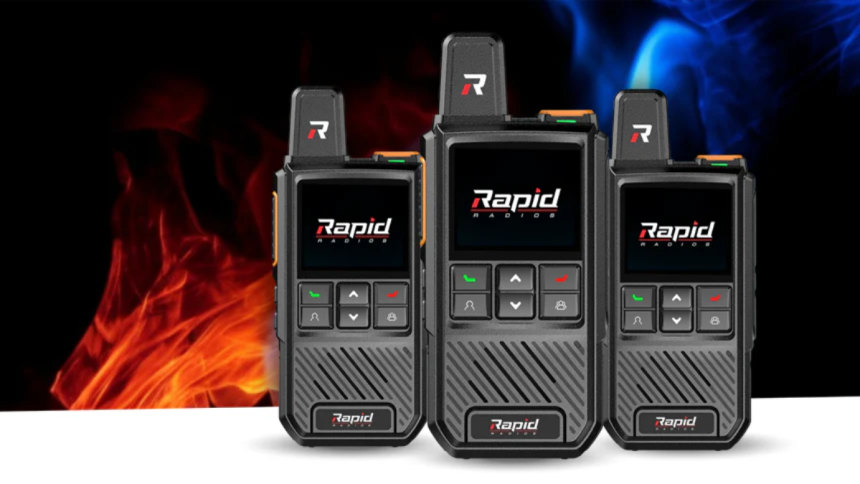Have you considered using walkie-talkies for team communication needs? Whether you are considering them for your business, want to use them to help your friends or family connect while you are enjoying outdoor adventures, or have other instant communication needs, walkie-talkies can provide an affordable and easy alternative to cellular phones. However, it’s important that you know what factors influence their distance abilities so you can choose the right devices for your needs.
Here is more information on walkie-talkie range including what can affect their communication range.
Types of Walkie-Talkies
Generally, there are two types of walkie-talkies when it comes to range: nationwide and global. A nationwide walkie-talkie operates on its own network and is able to connect two or more people instantly no matter where they are in the U.S. Global walkie-talkies rely on satellites and therefore can connect groups of people no matter where they are in the world. Both types are very dependable and there is little that can affect the range. However, some walkie-talkies can have their range influenced by obstacles or other circumstances.
Factors That Influence Range
Though both nationwide and global walkie-talkies usually provide instant communication no matter the distance or circumstances, there are some things that can affect their range. They include:
- Obstacles and terrain. Some walkie-talkie models may be influenced by trees, buildings, hills, mountains, and numerous tall buildings. Metal can also have the effect of blocking or reflecting signals, so use in a city may be difficult.
- Weather. Fog, snow, and rain can sometimes interfere with walkie-talkie signals and reduce their range.
- The type and height of the antenna. Usually, a whip antenna for handheld devices that is clear of obstructions will offer the best range.
- Wattage. The wattage–or signal strength–of a walkie-talkie affects its range. The higher the wattage, the greater the distance it can reach.
- Frequency bands. VHF, or Very High Frequency, signals can travel further in terrain that is open with few obstacles while UHF, or Ultra High Frequency, signals can navigate around obstacles better.
Choosing the Right Walkie-Talkie Model
They type of walkie-talkie you choose will be based on your unique needs. For example, you may not need a global, satellite-based walkie-talkie if you simply need it for your family to communicate when you’re on a camping trip. You also need to consider if you want a push-to-talk feature, the battery life you need, and other important details.
If you’re unsure of which types of walkie-talkies would be best for you, your best bet is to talk to a sales professional who understands the different types and models of walkie-talkies and who can ask you questions about your needs so he or she can direct you to the most beneficial solution.
Walkie-Talkie Options: Instant Communication
If you need instant, reliable communication methods for your next event, to help your team communicate while they are out in the field, or to keep in touch on your next outdoor adventure, you need to consider a walkie-talkie. To make sure you choose the one with the best range and other features for your needs, talk to a professional who can help steer you in the right direction.
Lynn Martelli is an editor at Readability. She received her MFA in Creative Writing from Antioch University and has worked as an editor for over 10 years. Lynn has edited a wide variety of books, including fiction, non-fiction, memoirs, and more. In her free time, Lynn enjoys reading, writing, and spending time with her family and friends.















